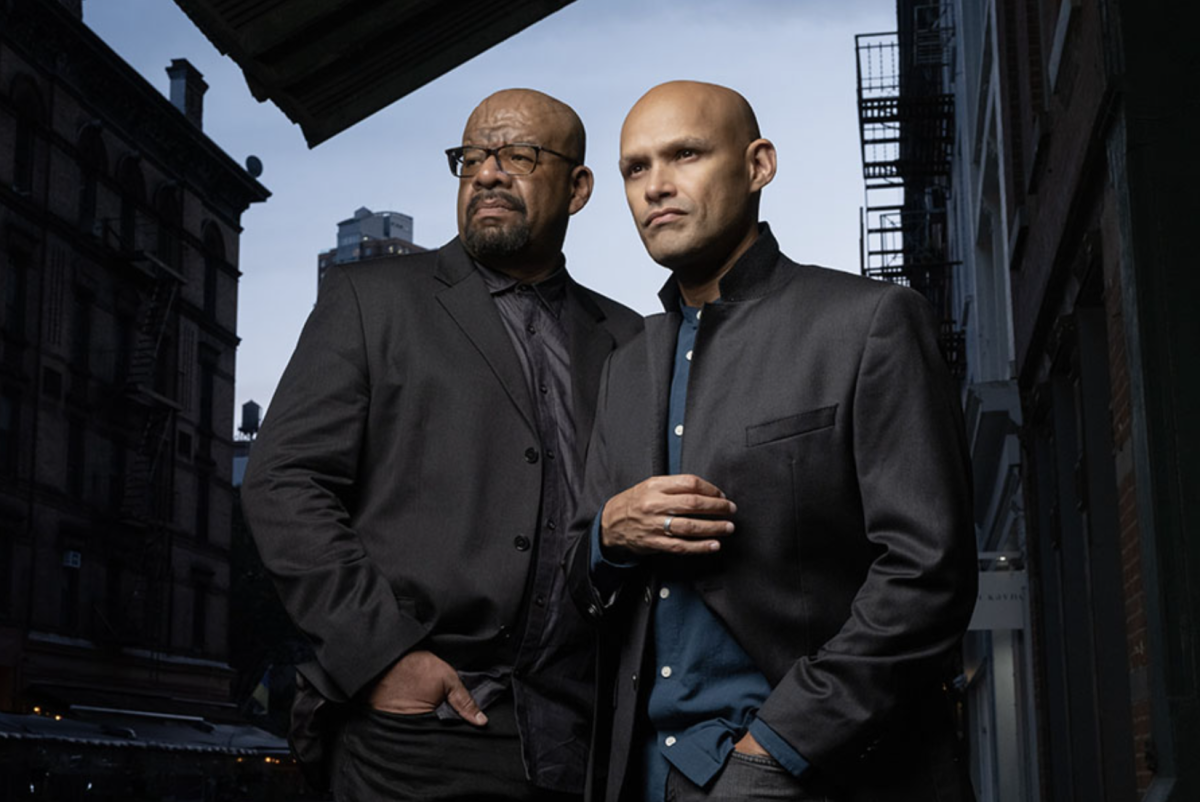Every month, online streaming service Netflix announces a spread of shows and movies heading towards the chopping block. On the surface, this might seem like just a way for the service to streamline its content and remove what is not being watched. However, in reality, the rationale behind which titles are removed from the streaming library often has little to do with what audiences want and far more to do with license expiration dates.
Netflix provides media on demand and can often act as a replacement for cable and satellite television. However, this also means that the content that Netflix lists as available for steaming is being licensed, or rented out, from content providers, studios, distributors, producers and content creators. This licensing occurs with nearly all of Netflix’s television and movies titles and enables the user to watch their favorite shows from some of their favorite cable television channels without paying for a cable or satellite television service.
Though Netflix has been ramping up its original content, earlier this week announcing plans to skyrocket its original film output to a whopping 80 films in 2018 (in comparison, the service released eight this past quarter), the streaming giant remains largely reliant on content created and provided by others. If those content providers choose to pull their content, there is little that Netflix can do about it. And as content creators and distributors are beginning to throw their own hats into the streaming ring, this is beginning to present a problem. Right now, perhaps the biggest concern for Netflix is Disney, a major contributor to Netflix’s library.
With Marvel Studios, Pixar and Lucasfilm all under the Disney umbrella, the media conglomerate manages the rights to a number of Netflix’s most popular titles, but this is about to change. Disney currently plans to remove the majority of its content from the Netflix platform by 2019, including everything under the Pixar label. It plans to create its own family-friendly, independent streaming service, which will host all of its current content plus a large number of Disney and Pixar original movies and television shows. As the Marvel Comics show “The Defenders” and the various related series are all co-produced by Netflix, they will remain on the streaming service, but Disney CEO Bob Iger confirmed in September that all Marvel Studios films and Lucasfilm branded content will be moved exclusively to Disney’s new platform.
Much like how content creators are developing their own streaming platforms, many streaming services are turning more and more to their own original media as a way to increase and maintain subscribers. For instance, Hulu has partnered with big-name directors in the business to create top-quality original movies and television shows while Amazon CEO Jeff Bezos recently launched a massive overhaul of Amazon Studio’s original television shows in a bid to find the next “Game of Thrones” scale hit. In light of such a large removal from Netflix’s entertainment selection, Netflix’s top performing originals, “Orange is the New Black,” “House of Cards” and “Stranger Things” may be responsible for Netflix’s future popularity and revenue. But will it be enough?
Netflix stock recently hit a record high as the company announced the addition of 5.3 million subscribers in the third quarter, but as the world of streaming grows more and more competitive, it is clear they no longer maintain the dominance they once did.
In order to compete in the online streaming market, Netflix must have original shows that draw consumers to its service. They must also own those shows in order for make sure they can keep them available on Netflix. The last hope for Netflix is to begin to acquire more and more popular shows through further licensing from other content providers or through the creation of content on their own.
However, in spite of rising stock and subscribership, Netflix also has some more concerning numbers to deal with. According to Barron’s, the streaming service’s operating costs have gone up each year since 2015, from about 900 million to two billion. That, coupled with the lack of shows actually owned by Netflix, present definite concerns for the streaming service. The advent of newer streaming services that have larger cash pools backing them, such as Amazon Prime Originals and the soon-to-be-unveiled Disney streaming service, are also reducing Netflix’s ability to keep up with the increasing competition and the higher prices of content in the market. In spite of announcing big plans for the future, looming threats could mark a grim future for Netflix.




